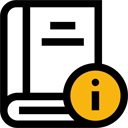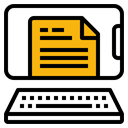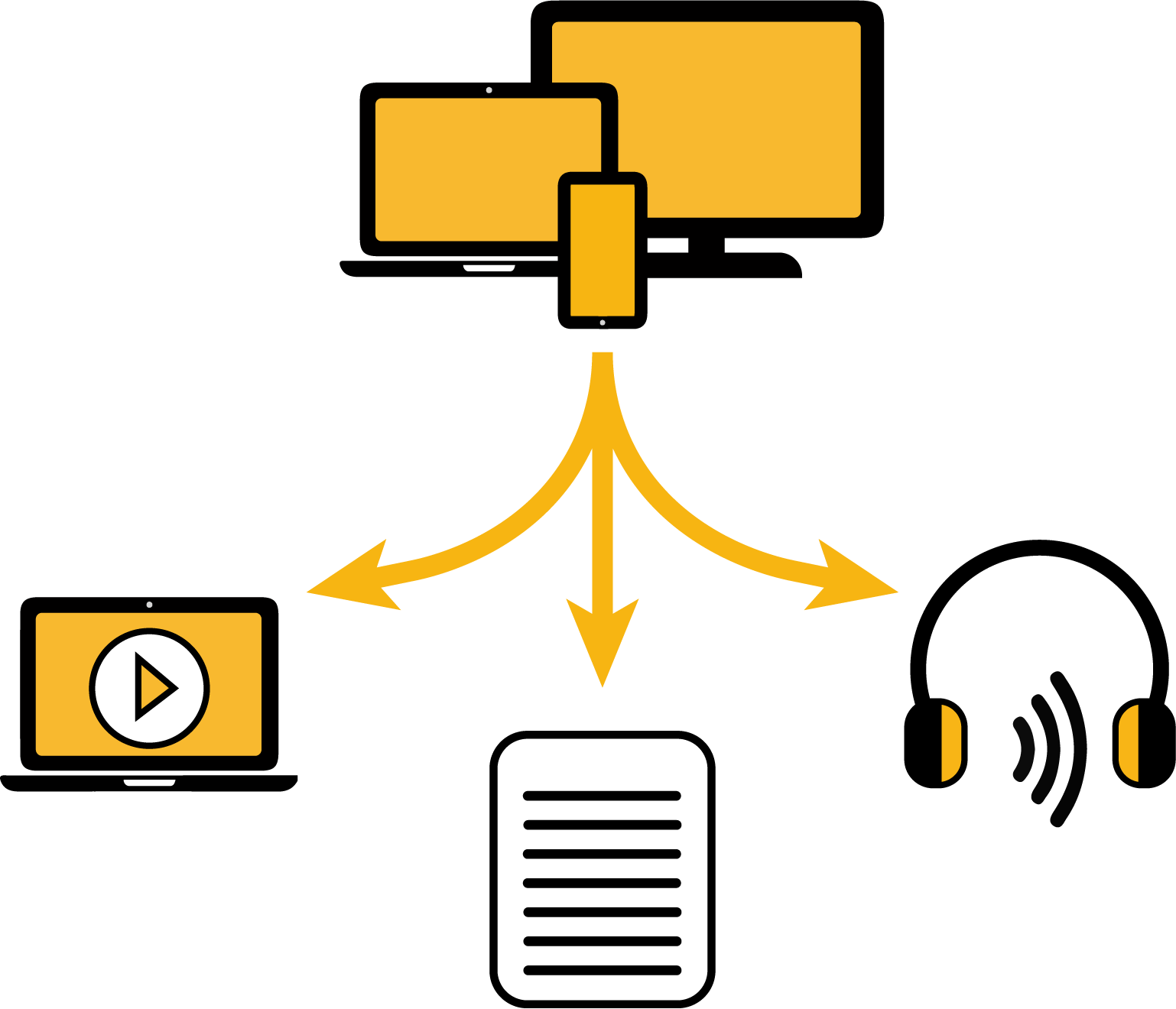Subtitling makes recordings accessible to everyone, in all situations. Subtitles are produced by means of cooperation between humans and a machine that utilises artificial intelligence.

Easy language modification makes standard language text easier to understand. Easy language is beneficial to many people who find it difficult to read or understand standard language.

Transcription means offering a text equivalent for people with impaired hearing and to support search engine findability. Lingsoft’s transcription services are based on our in-house language technology solutions, such as speech recognition software and quality checkers.

A proof reader can be tailored for many different purposes, such as spell-checking, a quality checker to support good and clear official language, or a tool for language learning.
What is linguistic accessibility?
Saavutettavuus on monen tekijän summa: se syntyy teknisestä esteettömyydestä, sujuvasta käyttökokemuksesta ja sisällön ymmärrettävyydestä.
Clear and easy-to-understand language
Clear language opens up even the most challenging topics. Grammatical correctness, no-nonsense structures, well-organised content, and descriptive headings help ensure the readability and comprehensibility of your text. This also helps transmit the true meaning and tone of your message.
Choose your words and expressions in a way that avoids any abstract or difficult language.
For all messages and for all kinds of content, the objective is to ensure the message gets across to everyone.
Why is accessibility important?
Accessibility means unhindered access to digital services; in other words, that every one of us can use electronic services, utilise digital information and participate in the digital community.
The accessibility requirements of the Digital Services Act apply, above all, to public sector organisations. However, the act also covers some private sector companies in Finland, such as banks and insurance companies.
Public online services must be compliant with the accessibility requirements in browsers and mobile applications. Any video and audio content published on a website must be subtitled within 14 days of its first date of publication.
Who does accessibility serve?
Accessibility is ultimately about a genuine customer focus: understanding the customer’s needs, taking the user into account, and good service. That’s why you should pay attention to your accessibility, even if the law doesn’t apply to your organisation.
A multi-channel approach and accessibility
At its best, accessible content is multi-channel by nature. Your subject matter is transmitted using voice, pictures and text, or as the result of the interplay between these elements.
For example, a text equivalent to a podcast episode provides an alternative channel for using the content. On the other hand, providing an audio version of a written long written article makes it more accessible for people with dyslexia or an easy alternative in situations where reading is not possible, such as when people are walking or, for example, doing housework.
However, linguistic content is always at the heart of interaction in different channels and forms of communication. Clear language and technical accessibility support each other and form an entity that lowers the threshold to information and participation.


